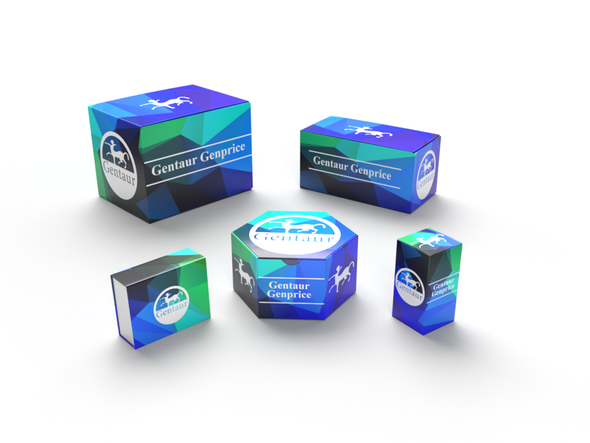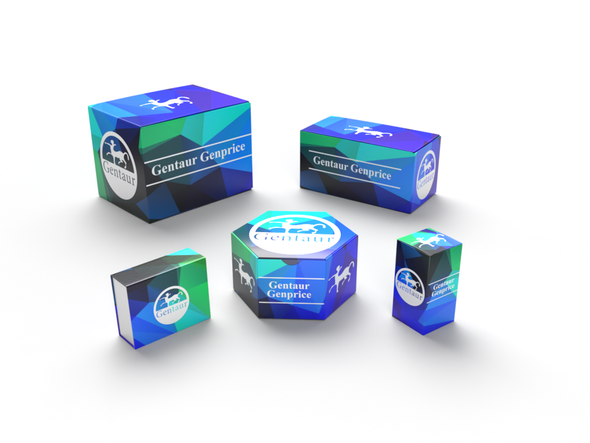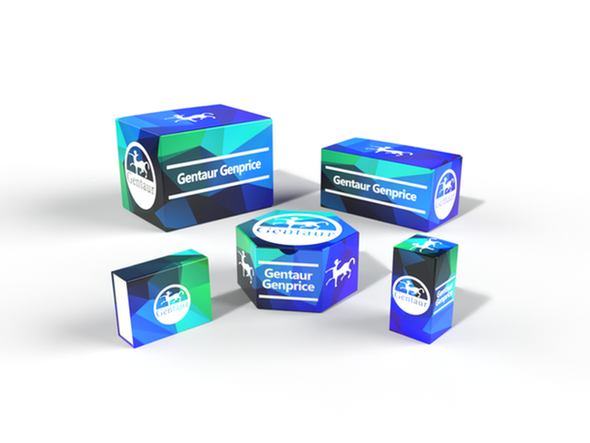740
Chicken Interferon β (IFN-β1/IFNB) ELISA Kit | AE25796CH
- SKU:
- 740-AE25796CH
- Availability:
- Usually ships in 5 working days
Description
Chicken Interferon β (IFN-β1/IFNB) ELISA Kit | AE25796CH | Gentaur UK, US & Europe Distribution
Species Reactivity: Chicken (Gallus)
Abbreviation: IFNB1
Alternative Name: IFB; IFF; IFNB; MGC96956; interferon beta
Application: ELISA
Range: Request Information
Sensitivity: Request Information
Intra-Assay: ≤5.4%
Inter-Assay: ≤9.8%
Recovery: 1, 02
Sample Type: Serum, Plasma, Other biological fluids
Detection Method: Sandwich
Analysis Method : Quantitive
Test Principale: This assay employs a two-site sandwich ELISA to quantitate IFNB1 in samples. An antibody specific for IFNB1 has been pre-coated onto a microplate. Standards and samples are pipetted into the wells and anyIFNB1 present is bound by the immobilized antibody. After removing any unbound substances, a biotin-conjugated antibody specific for IFNB1 is added to the wells. After washing, Streptavidin conjugated Horseradish Peroxidase (HRP) is added to the wells. Following a wash to remove any unbound avidin-enzyme reagent, a substrate solution is added to the wells and color develops in proportion to the amount of IFNB1 bound in the initial step. The color development is stopped and the intensity of the color is measured.
Product Overview: IFN beta elicits a markedly higher antiproliferation response in some cell types such as, embryonal carcinoma, melanoma and melanocytes than do IFN alphas. Higher potency of IFN beta in treatment of multiple sclerosis and certain cancers has been observed. Type I IFNs signal through binding to a common cell surface receptor. Two chains of the receptor, IFNAR1 and IFNAR2, have been identified. Both chains are necessary for function and in the absence of either there is neither high affinity binding nor biological activity. The intracellular portions of the receptor subunits are bound by tyrosine kinases, Jak1 and Tyk2, members of the Janus kinase family. Upon ligand binding these kinases are activated and phosphorylate members of the STAT family of transcription factors, as well as IFNAR1 and 2.
Stability: The stability of ELISA kit is determined by the loss rate of activity. The loss rate of this kit is less than 5% within the expiration date under appropriate storage condition. The loss rate was determined by accelerated thermal degradation test. Keep the kit at 37°C for 4 and 7 days, and compare O.D.values of the kit kept at 37°C with that of at recommended temperature. (referring from China Biological Products Standard, which was calculated by the Arrhenius equation. For ELISA kit, 4 days storage at 37°C can be considered as 6 months at 2 - 8°C, which means 7 days at 37°C equaling 12 months at 2 - 8°C) .






